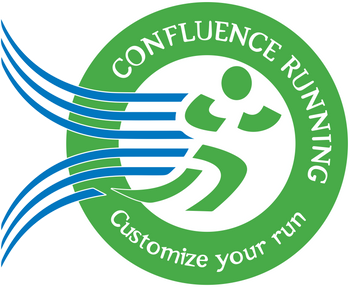Bunions Explained
BUNIONS EXPLAINED
Bunions sound like a harmless affliction. Many people see them as simple yet painful bumps on the side of the foot that are a minor annoyance. In truth, bunions are a malformation of the foot that can make walking and even standing difficult. Although people usually inherit the bone structure that causes bunions, you can take steps to slow their formation and treat them when they appear.
Shop Orthotics

WHAT IS A BUNION?
A bunion looks and feels like a hard bump on the side of your foot. Bunions can develop on either the inside or outside of the foot, but are typically found near the base of the big toe. These bumps can make finding shoes that fit difficult, but, at first, they may not be painful. More serious symptoms generally appear over time.
SYMPTOMS OF A BUNION
The main symptom of this condition is a large bump to the side of your big toe. The bump is often red and sore, causing serious pain. The toe joint may develop arthritis, making movement even more difficult. You may also develop corns at the site of the bunion due to its pressing on the side of shoes. Bunions can make standing for long periods extremely painful, so some jobs become difficult to perform. Medical professionals, salespeople and others who are constantly on their feet may find bunions difficult to handle.

CAUSES OF A BUNION
Bunions are caused by excessive motion, stress and pressure on a bone, which leads to excess bone growth and inflammation of the tissue. Wearing tight-fitting shoes can exacerbate and accelerate the condition.
For the early stages of a bunion, your doctor may prescribe OTC pain relievers and have you soak your foot in warm water. Some sufferers also find that icing the bunion can help relieve the pain and tenderness. In extreme cases, your doctor may recommend surgery to realign your big toe or to cut out the bony protuberance. Surgery is usually only done if the bunion is causing extreme pain and no other measure provides relief.
Shop Supportive Footwear
SUPERFEET HELP FOR A BUNION
For some people, simply changing ill-fitting footwear can ease the pain and slow down bunion development. Look for footwear with ample room in the toe box to relieve pressure and friction off painful areas. For prevention of bunions, the gentle orthotic shape of Superfeet insoles and footwear can help reduce excess motion, minimizing stress and strain on the big toe joint.
WHICH SUPERFEET INSOLE IS BEST FOR A BUNION?
To find the right Superfeet, it starts with your shoes. What type of shoes are you wearing? What you are doing in those shoes? We think you deserve to experience the I-never-knew-my-feet-could-feel-this-good benefits of the Superfeet shape in all your footwear. That’s why we make insoles for casual and dress shoes, insoles for high heels, insoles for hikers, insoles for running shoes, insoles for snow sports, insoles for skates, and more.
Bunions can be serious business. These malformations often worsen over time, particularly if you are not proactive with their treatment. At the first sign of a bump by the big toe joint, consult with your medical professional. Follow their instructions and acquire the proper footwear and insoles.
Originally published on www.Superfeet.com



